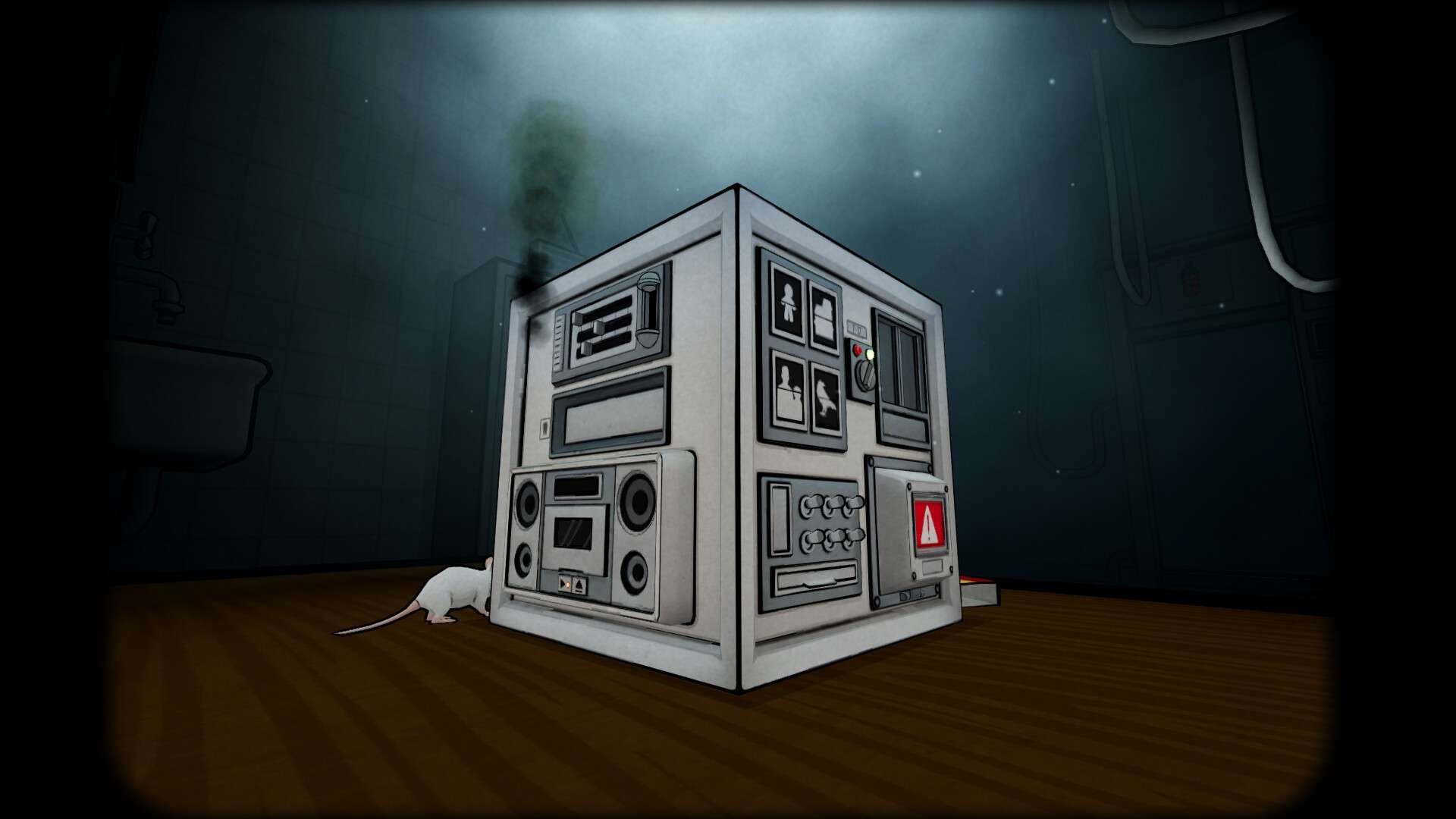
The Past Within PC Review
It’s incredibly well documented by now that I’m a huge fan of both puzzle and co-operative games. So titles like this, that encompass both genres and include a heavy emphasis on communication to support the asymmetrical playstyle, are right up my alley. In fact we had a great time playing through the entire We Were Here collection and more just a few months back. The only problem with puzzle games, however, is that unique puzzles don’t last forever – once you’ve solved them, that’s that. Yes, I can play Picross until my eyes bleed (and I have), or tackle any number of other randomised ‘standard’ puzzle formats such as Sudoku, etc. But those don’t quite quench the same thirst that flash games like Crimson Room planted in me so many years ago, where every problem is completely independent to the last. And before the exploding popularity of ‘escape room’ games, both physical and digital, my desire for more head-scratchers was only intermittently satisfied by the Professor Layton series and other small avenues that would pop-up every now and then, such as the Puzzle Agent games. See, it’s not so easy to hand-craft a stream of fresh challenges that can keep up with how quickly fans blast through them. This unfulfilled need means I’m always actively seeking out more, which is also why I had already played The Past Within’s demo some months prior. And loved it.

The full game is only short – about two hours, as is usual for such experiences. But in that little time it does manage to do a couple of really interesting things. Of course there are the puzzles, which range from needing to simply direct each other in the organisation of a few paintings on the wall to locating hidden compartments within the other players’ game world. Now this can be trickier than it sounds because, as mentioned, it’s totally asymmetrical meaning that each player is seeing vastly different things. Unlike something like Get Together or Portal 2, which more often than not have both players at the same location or at least in similar surroundings, here the players have nothing to work from. No common ground. Actually, they’re not even in the same time. They don’t even use the same perspective!
The player in the past looks around within a 3D space, sure, but they’re in the centre of it turning left and right, only ever being presented with 2D interactions like a point and click. On the other hand, the future player manipulates their view around a cube with each face presenting all sorts of seemingly random information and mechanisms, giving off a similar feel to another favourite co-op puzzler of mine, Keep Talking and Nobody Explodes. Whilst one player explores their surroundings from inside of a box looking out, the other plays with the exterior of it looking in. Well, that is until about mid-way through when the whole game is flipped on its head in an ingenious move to allow each person to try both configurations, that is. Now the person in the past is looking into the future cube, whilst the future player starts working from the inside. As an added bonus, there’s also two sets of solutions for all the puzzles in case you ever do want to go back and play from the other side of things, or perhaps even take up the task with another person.

Not only is this whole imbalance of the players’ point of views a cool twist on the format but it also directly links to the story, wherein a scientist creates these two contraptions to allow the past and future to communicate. They also act as a set of riddled instructions to both the young and old versions of his daughter (whom the players control). But, as you work closer and closer to the objective the whole thing gets stranger and more macabre. Is this right? Are you playing with forces you shouldn’t be? Whatever’s haunting you is probably not a good sign…
Though there are no real scares, the creeping sensation of being followed; watched; manipulated works wonders when you can’t even see what your partner is weirding out about. It creates this lovely touch of spooky paranoia. As for what the instructions are for, I’m afraid you’ll have to discover that for yourself – it’s a nice little twist. But I do wish the ending could have had a little more detail. It felt rather anticlimactic when we were both totally flummoxed and the credits suddenly started to roll, not just leaving us with questions but instead ending in what seemed like the middle of a story transition.
Unfortunately for the development team’s usual crowd of fans, there is no single-player mode here. It’s a completely integrated co-op experience. It’s also totally offline, not requiring the fiddliness of joining a server and relying on a good connection. As long as you’re honest with the game’s prompts and work together, you’ll both be led through the experience separately but still relying on each other for answers. If you and a friend or partner are into this cosy niche corner of gaming and are happy to spend an afternoon burning your brains together, The Past Within is a must play. Mostly because it’s good, but also sort of because there aren’t many other options that you likely haven’t already exhausted. If I could get my way, I’d be playing new games just like this weekly. But the sad truth is they’re a rarity, and we should cherish them when they’re here. So make sure to get comfortable, grab a relaxing drink, and hang out with your ally on a discord chat or over the phone. There’s no rush, no time limits or anything. Just enjoy what makes these types of teamwork-focused games so special by spending time with someone you care about and you’re sure to have a great time.
